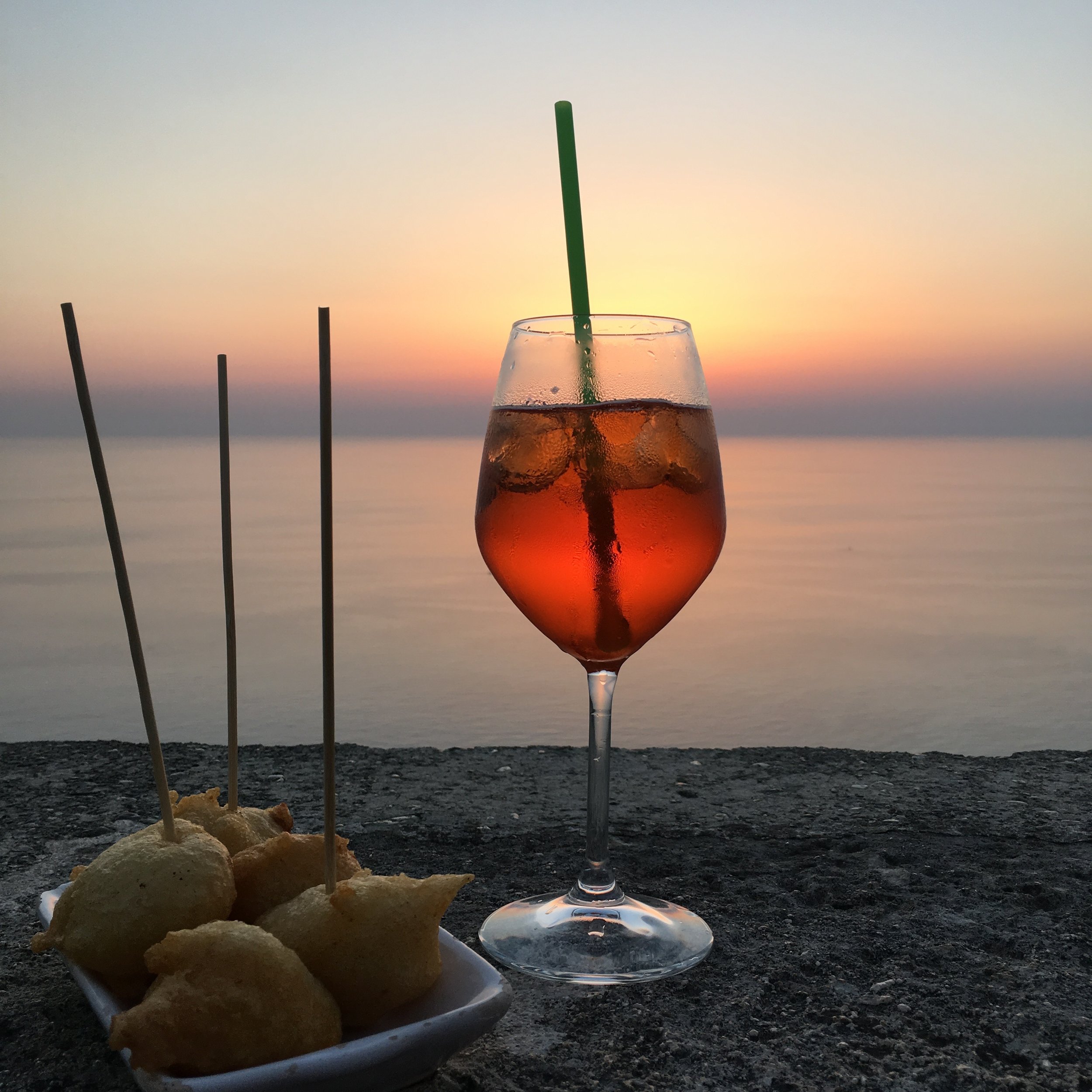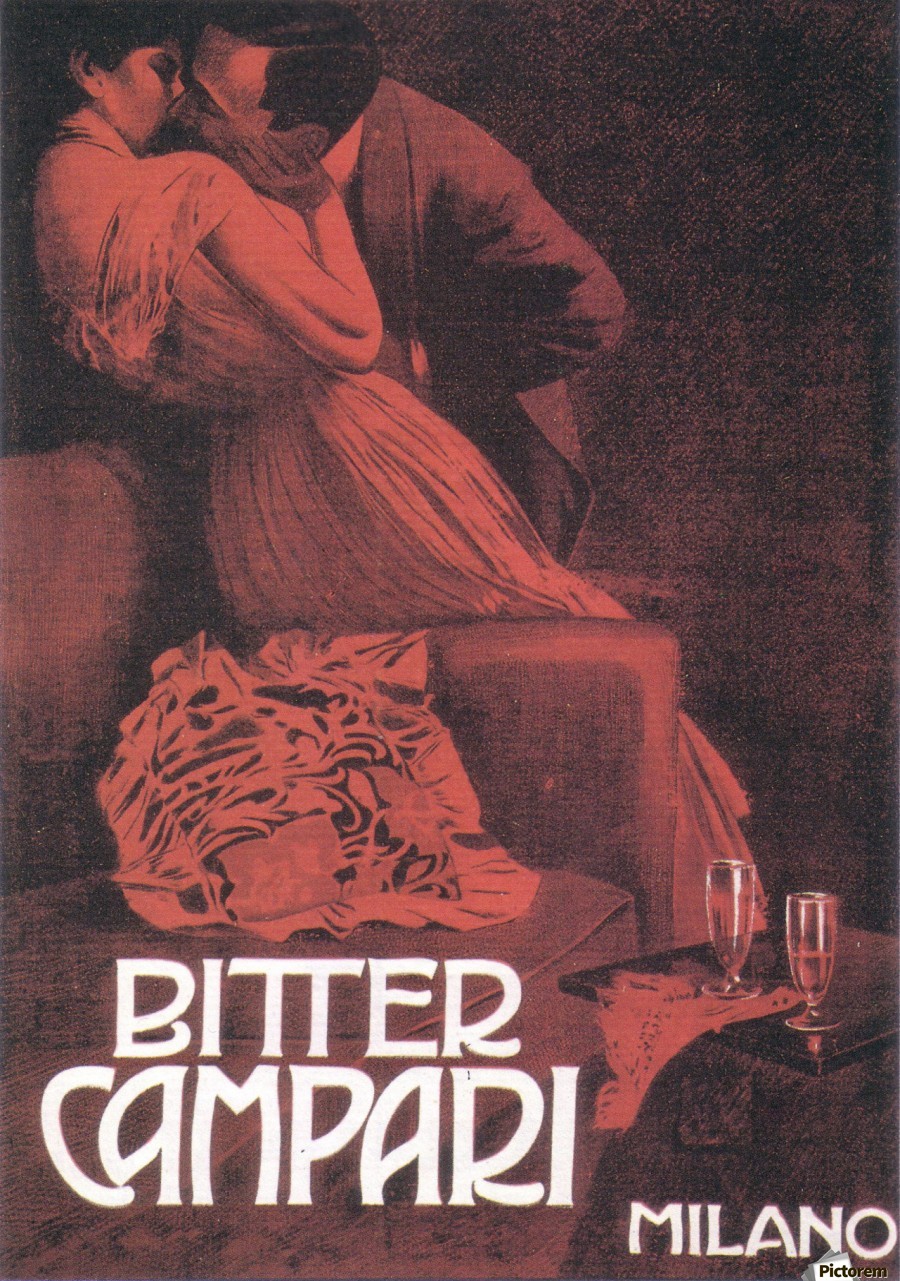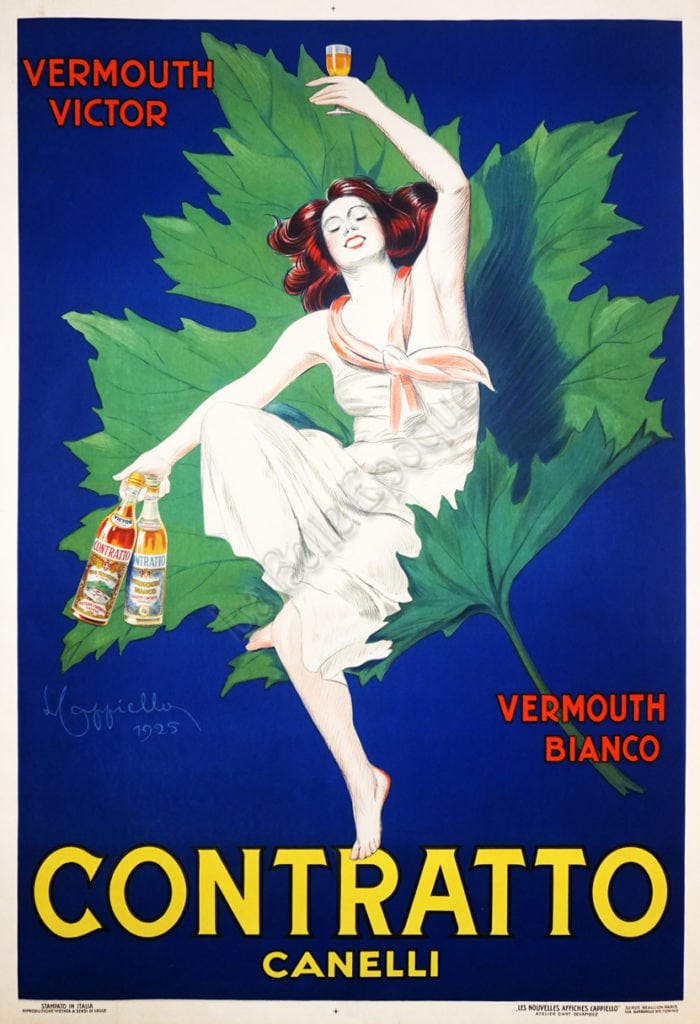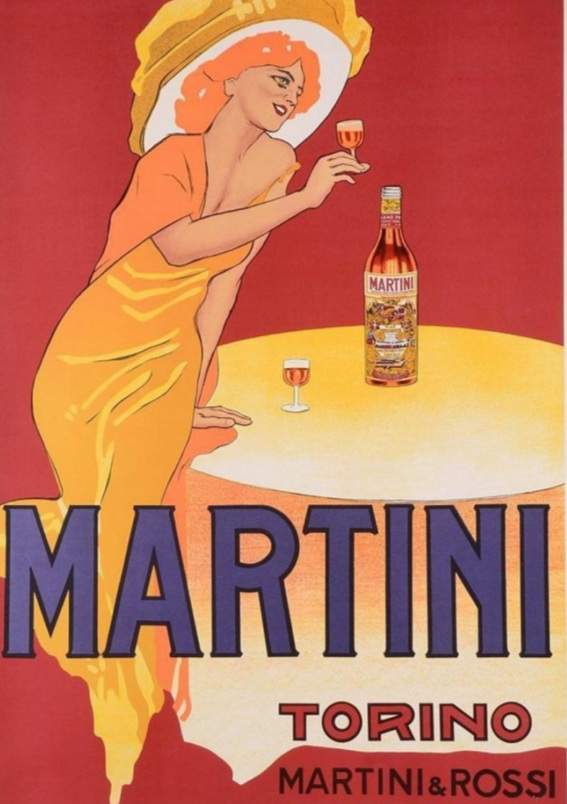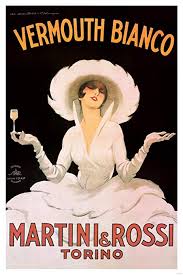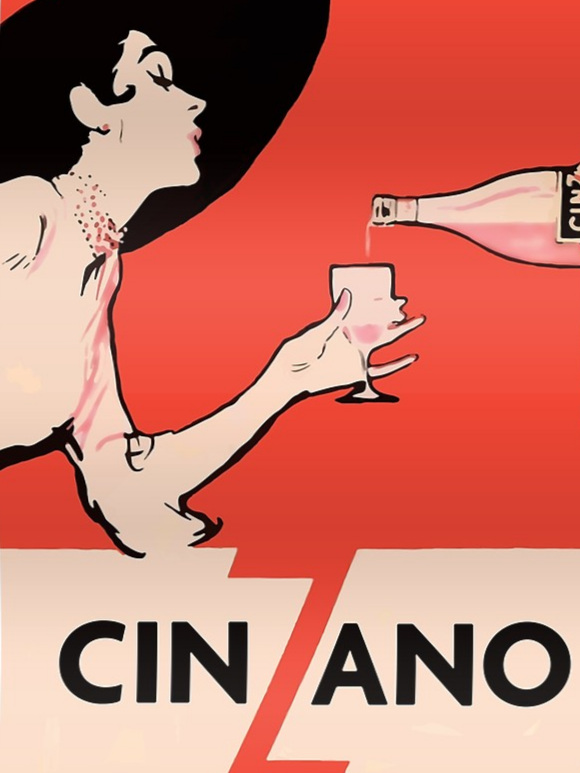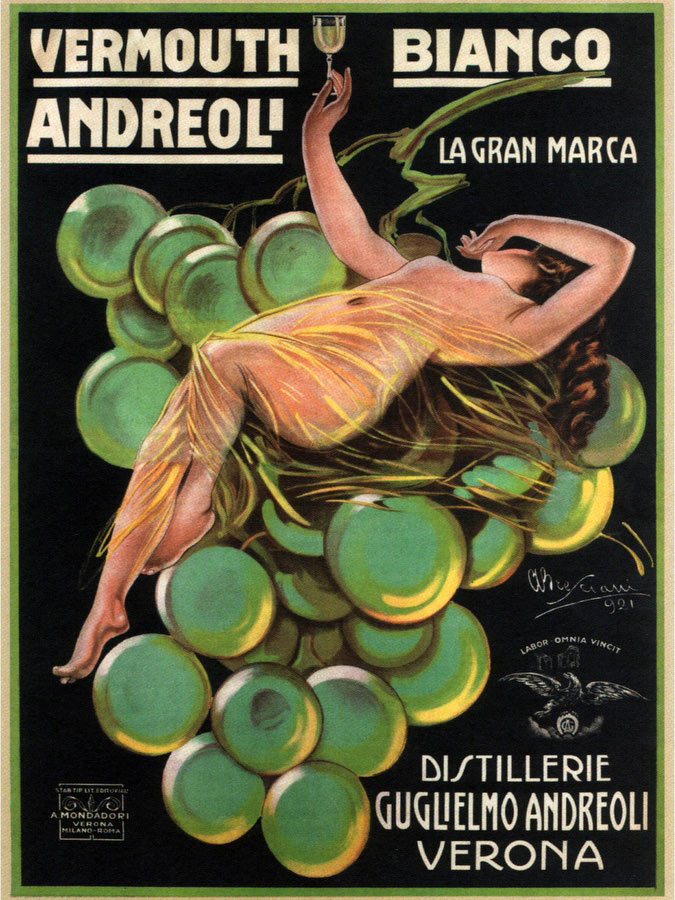When I first moved to Venice in 2011, I remember noticing that everyone was sipping on these electric orange and red-colored beverages. A few days later, I got the scoop: these were called spritzes and they were a traditional wine-based cocktail from the Veneto. I was hooked. They were refreshing and festive and the perfect way to start the evening with friends during aperitivo time.
It wasn’t until I started studying to become a sommelier six months later that I became intrigued with the origin of the spritz, which was so connected to the history and culture of Northern Italy.
To understand the spritz cocktail, we must go back to the beginning…
[hazy back-to-the-past lines]
Greeks and Romans: Wine Mixologists
In the sense that wine was mixed with spices, herbal concoctions and water—basic spritz elements—we need to credit both the Greeks and Romans. In fact the Greek word for wine literally means “mixture”. There are various theories for why wine was mixed with other substances, from not getting drunk as it was their main beverage throughout the day, to taste preferences and defense, but mixed it was: historical texts are full of references to “mixing" wine”.
How Spritz Got Its Name
The term “spritz” comes from the German spritzen, which means “to spray”. Legend has it that the moniker was invented either when parts of Northeastern Italy was under the rule of the Austro-Hungarian Empire, or when Austrian troops were stationed in the same area during World War I. Apparently, the Austro-Hungarian palate did not care for the wines of the region, which were so different from the Rieslings and Grüner Vetliners they were used to, so they requested a splash of water (initially still water) to dilute the local wine.
Italian Bitters Arrive on the Scene
By the middle of the 19th Century, bitter liqueurs and Vermouth (fortified, aromatized wine) were all the rage in northern Italy, especially in Piemonte. The ornate cafés of Turin, hangouts for politicians, intellectuals and artists, also became laboratories for bartenders inventing new herbal concoctions. It was the sensual advertising campaigns during the early 1900s that took these originally medicinal liqueurs and transformed them into something provocative and sophisticated. Campari and Martini & Rossi were both born during this period, and with them, the rise of the Italian ritual, the aperitivo.
Now, let’s put them all together!
Finally, in the 1920s/30s, all the spritz elements—white wine, an amaro (“bitter” in Italian) and soda water—became widely available and were mixed for the first time. Soda water, which only became a bar staple in the early 1900s, was a crucial element of the spritz because it gave the festive effervescence. The first spritz was said to have used Select, a Venetian bitter originally made on the island of Murano. Thanks to the ad campaigns of the times, along with the help of the Italian glitterati, the spritz became the Northern Italian cocktail of choice.
Spritz 2.0: Prosecco + Ice
“White wine?!??” you may have asked while reading the paragraph above. Yes, it was only when sparkling prosecco became a phenomenon in the 1970s/80s, did prosecco become part of the spritz. Prosecco, or glera as the grape is often referred to, is grown just about an hour outside of Venice in the province of Treviso; it became well-loved due to its festive nature. Thanks to the beach resorts up and down the Adriatic coast, with their glamorous European clients on vacation, this sparkling addition as well as ice gave the spritz a modern makeover, and the rest is history!
Spritz Recipe
Ingredients
Ice
1 : 1.5 Ratio of Prosecco or unoaked white wine to Italian Bitters
Soda water
Garnish (See chart below as this changes with different Italian bitters)
Directions
Place ice in glass, add prosecco or white wine, your Italian bitters of choice, and top it off with a splash of soda water, and garnish! Evviva!
Further Reading on the history of the spritz:
Join me for a wine + culture tour that starts in the birthplace of the Spritz
Not only will we sample different spritzes, but also the incredible wines of the Veneto (Prosecco, Soave, Valpolicella, Amarone, Bardolino…), visit stunning Palladian Villas and charming hilltop towns, tour a historical grappa distillerary, enjoy the regions’ delicious cuisine and dip into thermal baths overlooking Lake Garda. Are your bags packed yet?

